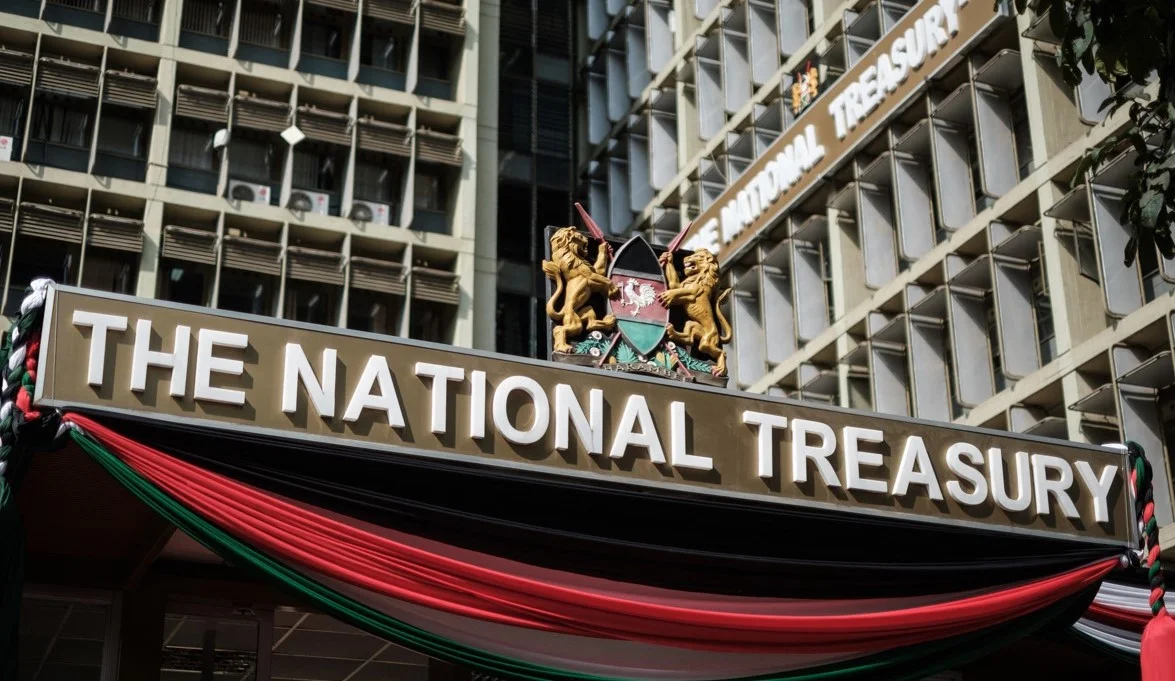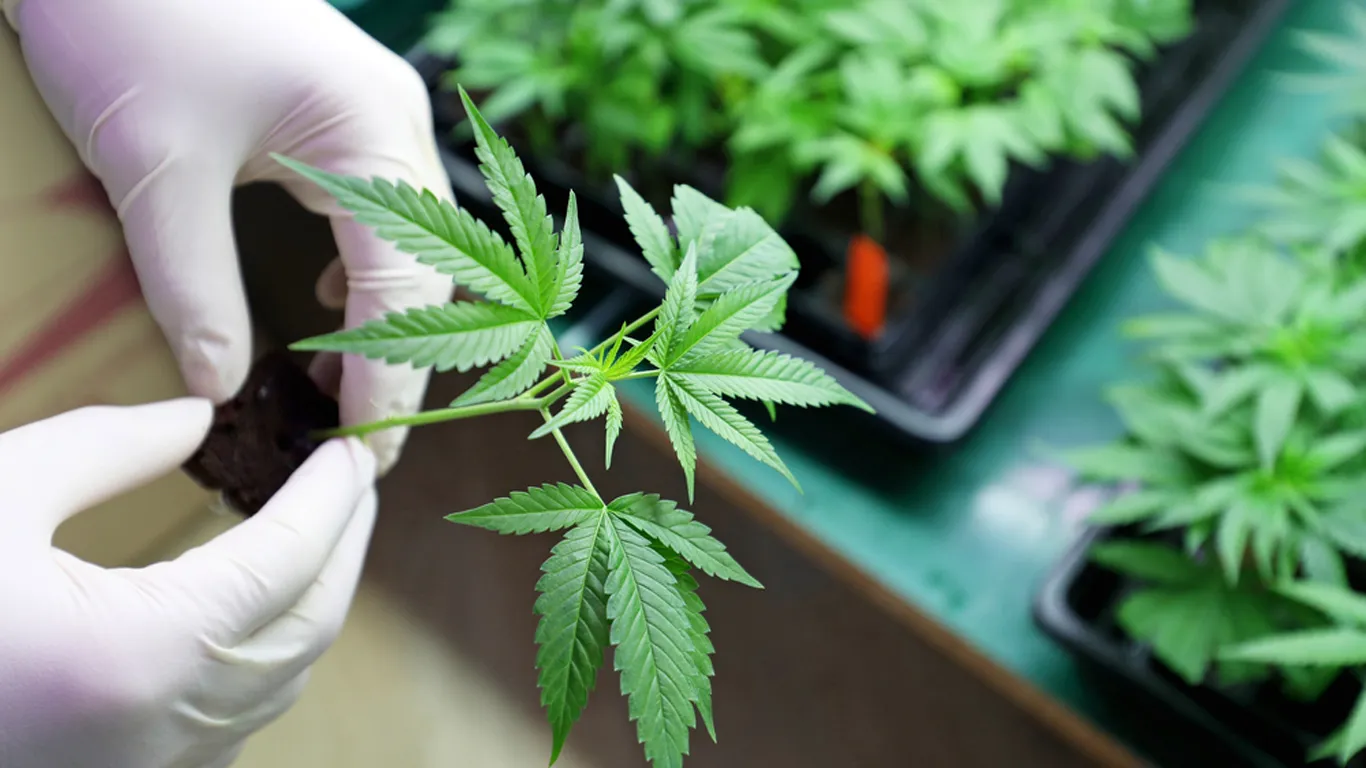In a significant vote of confidence for the Kenya Kwanza government, global ratings agency Moody’s Investors Service has upgraded Kenya’s credit outlook from negative to positive. The announcement, made on January 25, 2025, reflects improved debt affordability and a reduced likelihood of liquidity risks. This upgrade comes at a critical time as the government, under President William Ruto, looks to borrow both domestically and internationally to plug budget deficits and meet its financial obligations.
This positive development is expected to enhance investor confidence, providing the government with better access to global capital markets. Kenya is currently considering multiple financing avenues, including Eurobonds, Panda bonds, and Samurai bonds, as part of its strategy to diversify funding sources while ensuring debt sustainability.
Moody’s Assessment: A Vote of Confidence in Kenya’s Fiscal Direction
Moody’s Investors Service maintained Kenya’s long-term foreign and local currency issuer ratings at “Caa1,” indicating a high level of credit risk. However, the revised outlook signals optimism about Kenya’s fiscal trajectory. The agency cited key factors that contributed to this positive outlook:
- Improved Debt Affordability:
Kenya has demonstrated progress in managing its debt burden by reducing domestic borrowing costs through monetary easing. This reflects the government’s commitment to fiscal discipline, which has eased liquidity risks and provided a more favorable environment for debt servicing. - Tax Reforms and Revenue Mobilization:
The Kenyan government has passed significant tax legislation aimed at broadening the tax base and increasing revenue collection. These measures include the implementation of the Medium-Term Revenue Strategy (MTRS), which focuses on expanding the revenue base, improving tax compliance, and reassessing existing tax instruments to promote fairness and progressivity. - Economic Resilience and Growth Potential:
Despite challenges such as corruption, weak institutions, and environmental risks, Kenya’s economy has shown resilience. Moody’s highlighted that Kenya’s economy is larger and more dynamic compared to its Caa-rated peers, with relatively lower volatility. This positions the country well for future growth. - Liquidity Risks Expected to Ease:
With improved domestic financing conditions and continued fiscal consolidation efforts, Moody’s expects Kenya’s liquidity risks to decline over time. However, the immediate effects on debt affordability are limited due to front-loading of financing for the 2025 fiscal year.
Kenya’s Debt Situation: A Complex Balancing Act
As of September 2024, Kenya’s public debt stood at KSh 10.79 trillion ($72.87 billion), highlighting the country’s significant debt burden. Between 2025 and 2026, the government is expected to repay over KSh 1.5 trillion ($11.58 billion) to foreign creditors.
To manage this debt burden, the National Treasury has emphasized fiscal consolidation and diversification of funding sources. The 2025 Budget Policy Statement outlines the government’s strategy to finance the fiscal deficit, projected at KSh 759.4 billion (3.9% of GDP) for the 2025-26 financial year, down slightly from KSh 768.6 billion (4.3% of GDP) for 2024-25.
The deficit will be financed through:
- Net External Financing: KSh 213.7 billion (1.1% of GDP).
- Net Domestic Financing: KSh 545.8 billion (2.8% of GDP).
The government’s strategy includes prioritizing concessional loans while limiting non-concessional and commercial borrowing to projects aligned with its development goals.
Exploring New Funding Sources
Kenya is exploring innovative financing options to meet its debt obligations and fund development projects:
- Eurobonds:
The government is considering issuing Eurobonds in 2025 to manage maturing debt and bridge financing gaps. Eurobonds provide access to international capital markets, though they come with risks such as currency volatility and higher interest rates. - Panda Bonds:
Panda bonds, denominated in Chinese yuan, offer an opportunity to tap into China’s vast capital markets. This aligns with Kenya’s growing trade and investment ties with China. - Samurai Bonds:
Samurai bonds, issued in Japanese yen, are being considered as another avenue for diversifying funding sources. These bonds are particularly attractive due to Japan’s low-interest rate environment. - Green and Climate Financing:
The government plans to explore green bonds and climate-focused financing options. These instruments align with Kenya’s commitment to sustainable development and offer concessional terms.
World Bank and IMF Recommendations
Kenya’s debt strategy is being closely monitored by international financial institutions such as the World Bank and the International Monetary Fund (IMF). Both institutions have urged the government to adopt a disciplined approach to debt management and fiscal policy.
The World Bank recently published a report emphasizing the need to reduce Kenya’s debt burden to 55% of GDP by 2029 (measured in present value terms). Key recommendations include:
- Domestic Revenue Mobilization: Boosting tax revenues by expanding the tax base and improving compliance.
- Expenditure Rationalization: Streamlining public spending to eliminate waste and inefficiencies.
- Growth-Enhancing Measures: Promoting economic activities that drive sustainable growth and create jobs.
The IMF has echoed similar concerns, calling for enhanced transparency and accountability in public financial management.
Economic Reforms and Policy Initiatives
The Kenyan government has undertaken several reforms to address fiscal challenges and improve economic performance:
- Tax Policy Improvements:
Recent tax reforms focus on increasing progressivity and fairness while expanding the revenue base. This includes efforts to modernize tax administration systems and enhance compliance. - Public Expenditure Management:
The Treasury has prioritized refining cash management systems, public procurement processes, and wage bill management. These reforms aim to ensure efficient allocation and utilization of public resources. - Debt Sustainability Framework:
The government is implementing a debt sustainability framework to guide borrowing decisions and minimize risks. This includes prioritizing concessional loans and avoiding high-cost commercial borrowing.
Challenges Ahead
Despite the positive outlook, Kenya faces significant challenges:
- High Corruption Levels:
Corruption remains a major impediment to effective public financial management and service delivery. The government must intensify anti-corruption efforts to build trust and ensure accountability. - Weak Institutions:
Institutional weaknesses undermine policy implementation and economic governance. Strengthening institutions is critical for achieving fiscal discipline and sustainable growth. - Debt Vulnerabilities:
High levels of public debt continue to pose risks to Kenya’s fiscal stability. Reducing the debt burden will require sustained efforts in revenue mobilization and expenditure control. - Global Economic Uncertainties:
External factors such as fluctuations in commodity prices, exchange rate volatility, and tightening global financial conditions could impact Kenya’s economic performance.
Conclusion: A Step in the Right Direction
Moody’s upgrade of Kenya’s credit outlook from negative to positive marks a significant step forward for the country’s fiscal and economic agenda. The improved outlook reflects growing confidence in Kenya’s ability to manage its debt and maintain fiscal discipline.
However, the path ahead requires careful navigation. The government must address structural challenges, enhance transparency, and prioritize sustainable economic policies. With the right reforms and strategies, Kenya has the potential to achieve long-term fiscal stability and economic growth, positioning itself as a key player in the region and beyond.
As Kenya explores new financing avenues and implements critical reforms, the Moody’s upgrade serves as a reminder of the importance of maintaining fiscal discipline and building investor confidence. The future of Kenya’s economy will depend on the government’s ability to balance debt management with development priorities, ensuring a prosperous future for all Kenyans.
Ready to take your career to the next level? Join our dynamic courses: ACCA, HESI A2, ATI TEAS 7 , HESI EXIT , NCLEX – RN and NCLEX – PN, Financial Literacy!🌟 Dive into a world of opportunities and empower yourself for success. Explore more at Serrari Ed and start your exciting journey today! ✨
Photo source: Google
By: Montel Kamau
Serrari Financial Analyst
27th January, 2025
Article, Financial and News Disclaimer
The Value of a Financial Advisor
While this article offers valuable insights, it is essential to recognize that personal finance can be highly complex and unique to each individual. A financial advisor provides professional expertise and personalized guidance to help you make well-informed decisions tailored to your specific circumstances and goals.
Beyond offering knowledge, a financial advisor serves as a trusted partner to help you stay disciplined, avoid common pitfalls, and remain focused on your long-term objectives. Their perspective and experience can complement your own efforts, enhancing your financial well-being and ensuring a more confident approach to managing your finances.
Disclaimer: This article is for informational purposes only and does not constitute financial advice. Readers are encouraged to consult a licensed financial advisor to obtain guidance specific to their financial situation.
Article and News Disclaimer
The information provided on www.serrarigroup.com is for general informational purposes only. While we strive to keep the information up to date and accurate, we make no representations or warranties of any kind, express or implied, about the completeness, accuracy, reliability, suitability, or availability with respect to the website or the information, products, services, or related graphics contained on the website for any purpose. Any reliance you place on such information is therefore strictly at your own risk.
www.serrarigroup.com is not responsible for any errors or omissions, or for the results obtained from the use of this information. All information on the website is provided on an as-is basis, with no guarantee of completeness, accuracy, timeliness, or of the results obtained from the use of this information, and without warranty of any kind, express or implied, including but not limited to warranties of performance, merchantability, and fitness for a particular purpose.
In no event will www.serrarigroup.com be liable to you or anyone else for any decision made or action taken in reliance on the information provided on the website or for any consequential, special, or similar damages, even if advised of the possibility of such damages.
The articles, news, and information presented on www.serrarigroup.com reflect the opinions of the respective authors and contributors and do not necessarily represent the views of the website or its management. Any views or opinions expressed are solely those of the individual authors and do not represent the website's views or opinions as a whole.
The content on www.serrarigroup.com may include links to external websites, which are provided for convenience and informational purposes only. We have no control over the nature, content, and availability of those sites. The inclusion of any links does not necessarily imply a recommendation or endorsement of the views expressed within them.
Every effort is made to keep the website up and running smoothly. However, www.serrarigroup.com takes no responsibility for, and will not be liable for, the website being temporarily unavailable due to technical issues beyond our control.
Please note that laws, regulations, and information can change rapidly, and we advise you to conduct further research and seek professional advice when necessary.
By using www.serrarigroup.com, you agree to this disclaimer and its terms. If you do not agree with this disclaimer, please do not use the website.
www.serrarigroup.com, reserves the right to update, modify, or remove any part of this disclaimer without prior notice. It is your responsibility to review this disclaimer periodically for changes.
Serrari Group 2025












